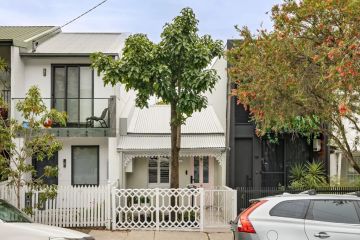Understanding Capital Gains Tax

Tax – that word never ceases to give us the chills. But aside from seeing a portion of your hard-earned income disappear, paying tax shouldn’t be stressful – provided you do it right.
In the case of capital gains tax (CGT), that means knowing exactly when you are required to pay and how much of your profits are deemed taxable income.
What is CGT?
CGT is the tax you pay on any profits you make from the increase in value of your assets between the time you buy and the time you sell. Property is just one of the asset types that attracts this form of tax, which is collected by the Federal Government through the Australian Taxation Office (ATO).
In the case of real estate, you are generally required to pay CGT on any property you own that is not your primary residence – that is, where you live the majority of the time. This includes investment properties, holiday homes and any other type of property you own. You will be pleased to know that your family home is exempt from CGT.
For properties that you have lived in for a time but have also rented out as an investment, you are generally required to pay CGT on the period(s) where you were not the occupant.
Calculating CGT
There are three ways that CGT is calculated and they depend on how long you have owned the property. All are charged at your marginal tax rate.
If you sell the property before you have owned it for 12 months, you must pay the full rate of CGT on any capital gain you make. However, if you own it for more than 12 months – even a single day more – you are eligible for a 50 per cent discount in the rate of tax you have to pay. So it definitely makes sense to factor that into your plans.
For those who have owned a property since before 21 September 1999, you can increase the cost base for your property by applying indexation, which has the effect of reducing your capital gain for tax purposes.
The ATO has plenty of information to help you calculate your capital gain and what tax you might have to pay, as well as a series of video guides on tax implications for rental property owners.
Complex rules
One area that regularly causes confusion is when someone has lived in their property for only a portion of the time they have owned it.
“The principal residence rules are quite involved and technical,” says Frank Brass, regional director at national tax firm H&R Block.
As an example, a taxpayer has a property purchased in 1995 for $200,000 and it was their principal residence for the next 15 years. In 2009, they moved to the UK to work, and rented out the property. Then in 2014 they moved back in for six months before selling the property for $850,000.
“The principal residence exemption can be maintained, provided that the client moves back into the property for three months prior to selling it. This means there is no CGT payable on the sale of this property,” Brass says.
Clearly it pays to have someone who knows their way around the tax system to manage your CGT affairs. Remembering that the family home is exempt, you should be better placed to determine your tax liabilities on any capital gains and stay on the right side of the tax office.
We recommend
We thought you might like
States
Capital Cities
Capital Cities - Rentals
Popular Areas
Allhomes
More







